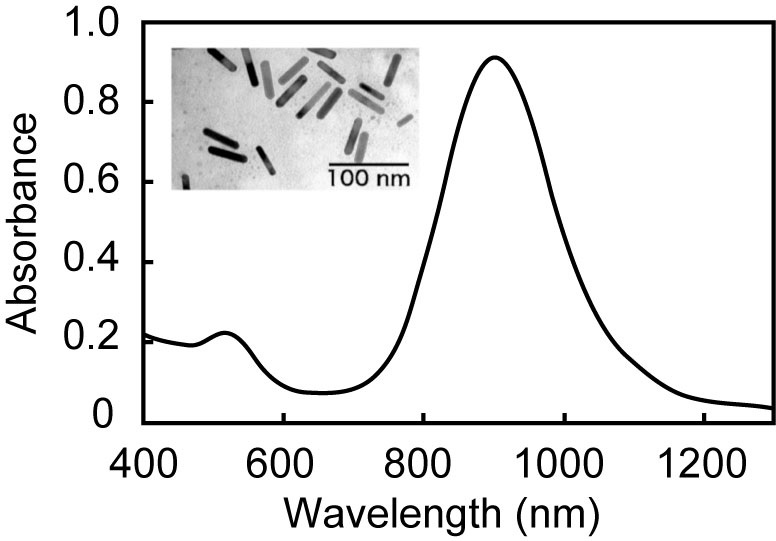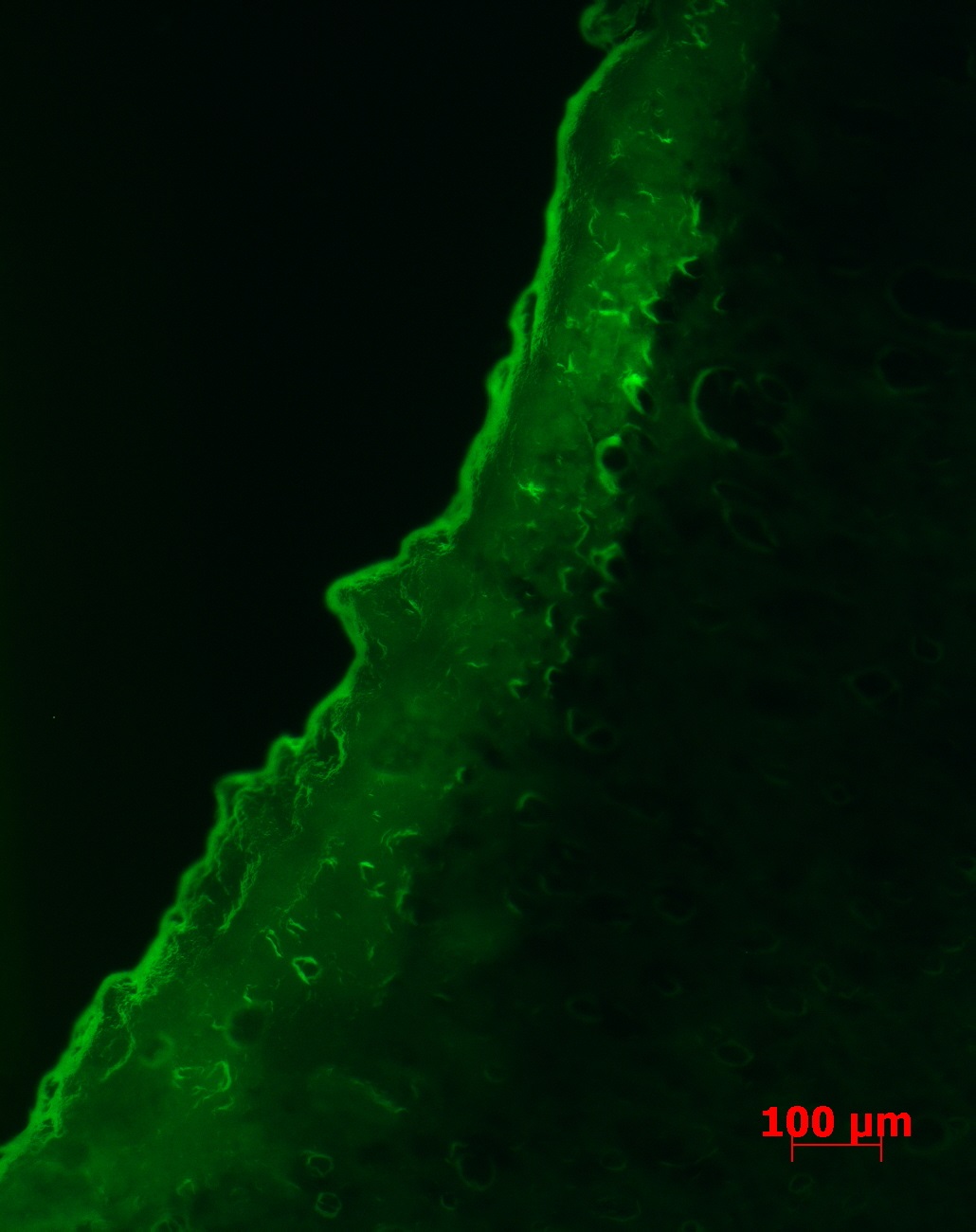Introduction: Transdermal drug delivery is an attractive method for drug delivery compared to the traditional needle injection and oral administration methods. However, it is well known that stratum corneum of skin is a hydrophobic barrier which impedes delivery of hydrophilic macromolecules such as proteins[1].
Rod-shaped gold nanoparticles, gold nanorods (GNRs), have unique optical properties[2],[3]. They show two absorption bands in the visible and the near infrared regions corresponding to transverse and longitudinal surface plasmon oscillations, respectively. The absorbed light energy is efficiently converted into heat, which is so-called photothermal effect.
We previously succeeded a formulation, a solid-in-oil (S/O) dispersion containing ovalbumin (OVA) and GNRs. However, using this technique, the heat was affected not only to the stratum corneum but also into the deeper tissues like the dermis and subcutaneous tissues.Therefore, we hypothesized that it should be possible to heat only the stratum corneum by applying the gold nanorods directly onto a localized area of the skin surface and then following the irradiation to this area with near infrared light.

Experimental Methods: The mean size of the gold nanorods was 46±6 nm in length and 10±1 nm in width. Silica-coated PEG - nanorods in ethanol/water (4/1) were poured on the mouse skin and then the solvent (ethanol) was dried. A cylinder cup was fixed onto the applied area of the skin with glue, and 200 µL of FITC-labeled OVA was added into the cup. The skin was irradiated for 10 min with near infrared light. After 24 h, the mice were sacrificed, and the cross-sections of the skins were prepared for observing the translocation of OVA.
And then , the transparent gel patches were prepared, in which FITC-OVA were embedded in the gel and GNRs were spread on the gel surface. The gel patches were put on back skins of mice and then irradiated by near infrared light for 10 min. After 24 h, the cross-sections of the skins were prepared, and translocation of OVA into skin was observed.
Results and Discussion: In the previous study, we casted the gold nanorods onto skin surface of mice. After applying an aqueous solution of FITC-OVA to the skin, the skin was irradiated by near-infrared laser light. Irradiation of the skin with a continuous-wave laser increased the skin temperature and enhanced the permeability of ovalbumin through the stratum corneum. Inflammation cells were also observed to migrate to the heated area of the skin and HSP70 was induced[4]. In contrast, skin irradiation with a pulsed-laser enhanced the permeability of the stratum corneum without causing an increase in skin temperature and inflammation.
Furthermore, we developed an improved system, in which the cylinder cup was no longer required. We prepared a transparent gel patch made of polysaccharides with gold nanorods on the gel surface and FITC-OVA therein. The gel patch was put on mouse skin to be touched with the coated gold nanorods. It was then irradiated by a continuous-wave laser. Temperature increase of the skin surface was detected during the light irradiation, and enhanced translocation of FITC-OVA into the skin from the gel was also observed.

Conclusion: Use of the transparent gel patch containing FITC-OVA and GNRs instead of the cylinder cup showed significant OVA-translocation into skin after near-infrared irradiation. It will be a powerful technique to deliver protein not only for therapy but also dermal vaccination.
This research was supported by a Grant-in-Aid for Scientific Research (B) (No.22300158) and a Grant-in-Aid for Challenging Exploratory Research (No.23650266) from the Japan Society for the Promotion of Science (JSPS), a Grant-in-Aid from PRESTO, Japan Science and Technology Cooperation, a promotion program of NOVARATIS Foundation (Japan), and a Research grant of GSST Research Core and Group for Research B for Kumamoto University.
References:
[1] A. Naik, Y. N. Kalia, R. H. Guy, Pharm. Sci. Technol. Today 2000, 3, 318-326.
[2] Y.-Y.Yu, S.-S. Chang, C.-L. Lee, C. R. C. Wang, J. Phys. Chem. B 1997, 101, 6661-6664.
[3] S.Link, M. B. Mohamed, M. A. El-Sayed, J. Phys. Chem. B 1999, 103, 3073-3077.
[4] H. Tang, H. Kobayashi, Y. Niidome, T. Mori, Y. Katayama, T. Niidome, J. Control. Release 2013, 171, 178-183.